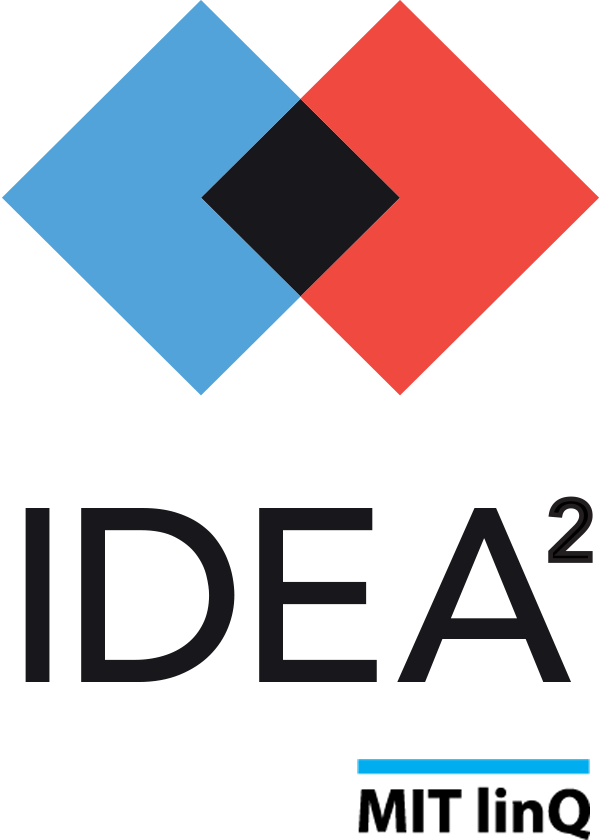2019 Team
N-Durer
Due a rising concern and awareness regarding general health, the world is witnessing a surge in sports & fitness lifestyle, with an increasing number of people engaging in physical activities and making them a daily habit. Only in 2017, 56 million people practiced running and jogging, 110 million people walked for fitness, and 30.000 running events took place, in the US alone [Statista]. Similar trends are observed in China [AIMS], the EU and LATAM.
Interestingly, 90% of runners wear a tracking device [RUNNING_USA] that shows that users are concerned about improving their physical performance. Performance in sport activities strongly depends on the delicate and tight interaction between the cardiovascular, musculoskeletal, and respiratory systems. While there exists a number of commercially-available technologies to track the first two systems using heart rate, step count and blood oxygen levels, there is a lack of respiratory monitoring devices for the mass audience due to the associated technological challenges in measuring respiration non-invasively. Ventilatory thresholds (widely known as markers of training intensity) are indirectly estimated, but never measured.
This lack of information about the respiratory status leads not only to sub-optimal performance but also leaves unattended a major source of health-threatening conditions, which can only be addressed by an integral approach, including information from external sources, like air pollution conditions, which is critical for people suffering chronic respiratory diseases like asthma. Incorporating respiratory monitoring in daily exercise has the potential to impact millions, enabling more efficient and healthier sports routines.
Team Lead
Vader Johnson
Affiliation
Intensive Care Innovations
Sponsor
Boston Landing
Lead Mentor
David Rothkopf
Kickoff Workshop
Kickoff Workshop
Mad Lib
•
Workshop Comments
Assumptions
Goals
Impact Headline
Review Workshop
NDURER Presentation Worksheet
NDURER Oral Presentation
Commencement Workshop
Headline
Impact statement
Oral Presentation
Presentation worksheet

